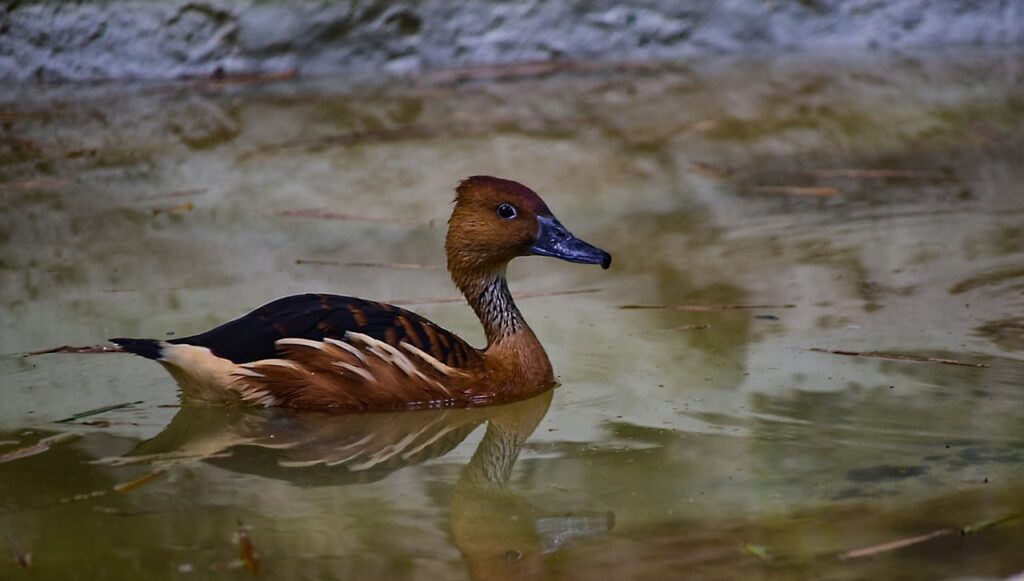Fulvous Whistling Duck

A colorful breed of waterfowl, the Fulvous Tree Duck features a striking reddish-yellow plumage and unmistakable call. Found across the Americas, Africa, and Asia, this bird captivates the casual observer and dedicated birdwatcher.
Ecosystems and Global Distribution
The Fulvous Whistling Duck thrives in freshwater. Marshes, rice fields, and shallow lakes are popular destinations for this magical bird. These environments offer abundant food sources and ideal nesting sites. Migratory patterns extend from the southern United States to Central and South America. Yet, that’s not the only known route. India and the lush tropics of Southeast Asia are also on the list.
Some populations are sedentary. In contrast, others migrate based on rainfall and access to water. For instance, in North America, these ducks may move southward during colder months, depending on the climate. Understanding these migration patterns and tracking movements reveals insights into their adaptive strategies and the health of their habitats.
Food Sources and Daily Routines
Seeds, aquatic plants, and grasses headline the menu, and this breed adjusts its diet seasonally. During reproduction periods, small invertebrates supplement their nutritional intake. In shallow waters or fields, they exhibit dabbling behavior and grazing. This flexibility ensures they meet dietary needs throughout the year.
Socially, these ducks form strong monogamous pairs that often last a lifetime. Both parents share in building nests and caring for the young, enhancing survival rates. Nests are typically situated in dense vegetation near water, constructed with plant materials and down feathers. Observing this cooperative breeding strategy offers valuable insights into the species’ resilience.
For bird enthusiasts, spotting a fulvous tree duck is rewarding. We encourage you to participate in birdwatching activities and support conservation initiatives. A deeper connection to nature awaits when you engage with community science projects.
Each sighting and every bit of shared knowledge helps ensure the continued presence of the Fulvous Whistling Duck in our wetlands and beyond. Sign up for live duck tracking to stay in the loop!
Some populations are sedentary. In contrast, others migrate based on rainfall and access to water. For instance, in North America, these ducks may move southward during colder months, depending on the climate. Understanding these migration patterns and tracking movements reveals insights into their adaptive strategies and the health of their habitats.
